Nahid Parvez Farazi
Deep Reinforcement Learning for Crowdsourced Urban Delivery: System States Characterization, Heuristics-guided Action Choice, and Rule-Interposing Integration
Nov 29, 2020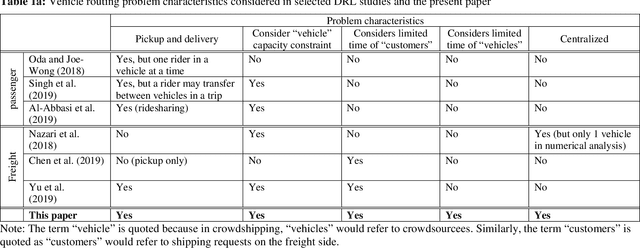
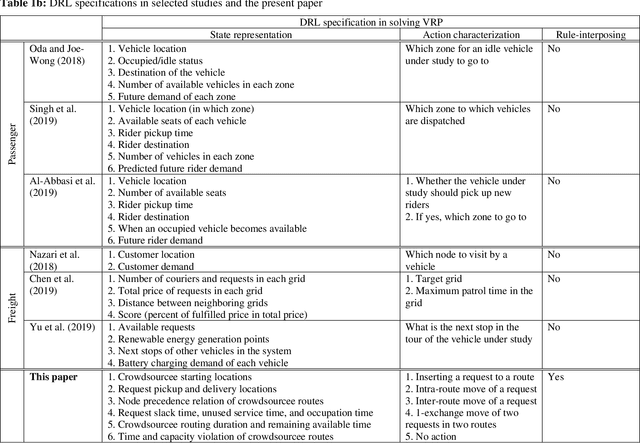

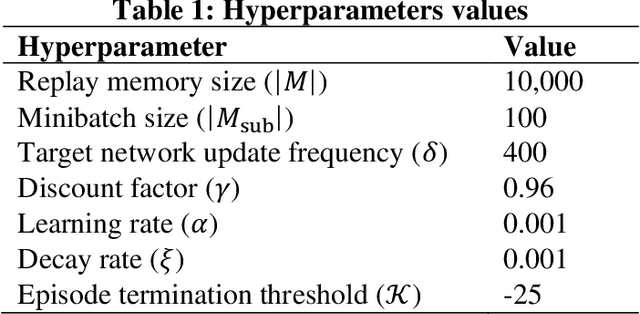
Abstract:This paper investigates the problem of assigning shipping requests to ad hoc couriers in the context of crowdsourced urban delivery. The shipping requests are spatially distributed each with a limited time window between the earliest time for pickup and latest time for delivery. The ad hoc couriers, termed crowdsourcees, also have limited time availability and carrying capacity. We propose a new deep reinforcement learning (DRL)-based approach to tackling this assignment problem. A deep Q network (DQN) algorithm is trained which entails two salient features of experience replay and target network that enhance the efficiency, convergence, and stability of DRL training. More importantly, this paper makes three methodological contributions: 1) presenting a comprehensive and novel characterization of crowdshipping system states that encompasses spatial-temporal and capacity information of crowdsourcees and requests; 2) embedding heuristics that leverage the information offered by the state representation and are based on intuitive reasoning to guide specific actions to take, to preserve tractability and enhance efficiency of training; and 3) integrating rule-interposing to prevent repeated visiting of the same routes and node sequences during routing improvement, thereby further enhancing the training efficiency by accelerating learning. The effectiveness of the proposed approach is demonstrated through extensive numerical analysis. The results show the benefits brought by the heuristics-guided action choice and rule-interposing in DRL training, and the superiority of the proposed approach over existing heuristics in both solution quality, time, and scalability. Besides the potential to improve the efficiency of crowdshipping operation planning, the proposed approach also provides a new avenue and generic framework for other problems in the vehicle routing context.
Deep Reinforcement Learning and Transportation Research: A Comprehensive Review
Oct 13, 2020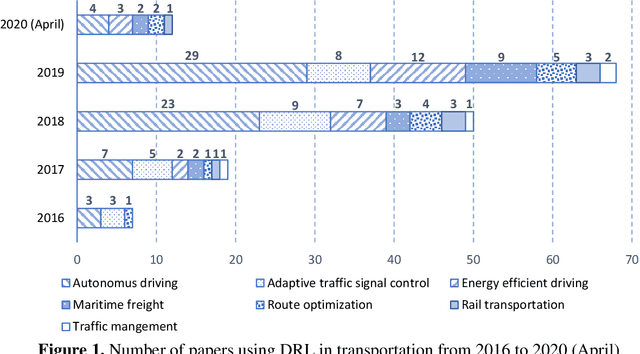
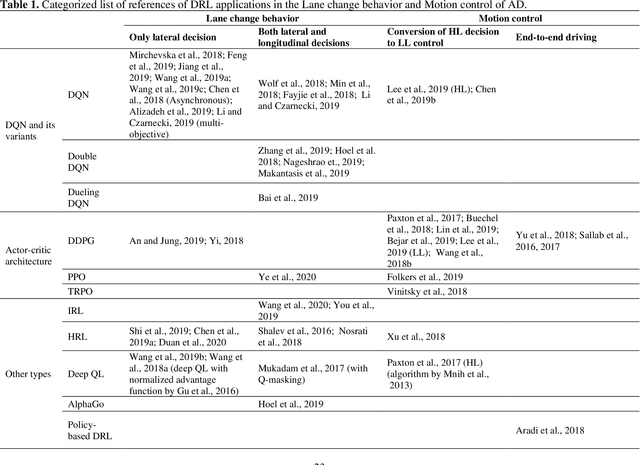
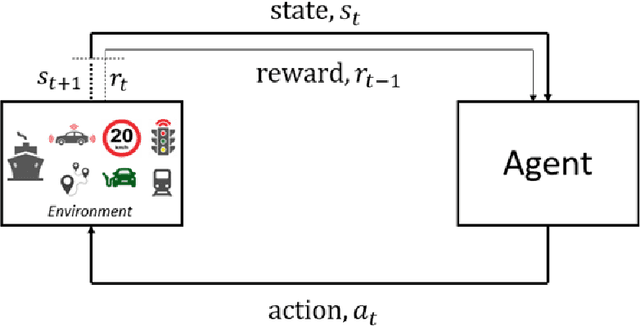
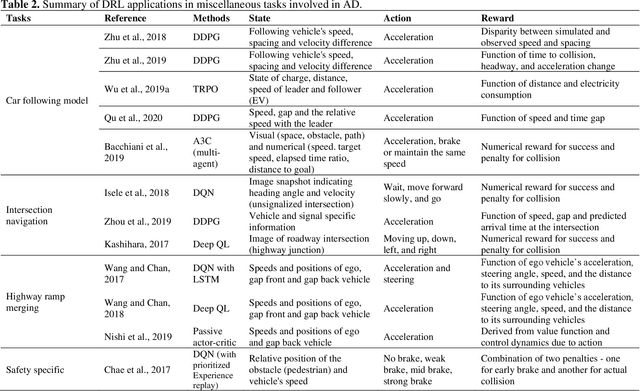
Abstract:Deep reinforcement learning (DRL) is an emerging methodology that is transforming the way many complicated transportation decision-making problems are tackled. Researchers have been increasingly turning to this powerful learning-based methodology to solve challenging problems across transportation fields. While many promising applications have been reported in the literature, there remains a lack of comprehensive synthesis of the many DRL algorithms and their uses and adaptations. The objective of this paper is to fill this gap by conducting a comprehensive, synthesized review of DRL applications in transportation. We start by offering an overview of the DRL mathematical background, popular and promising DRL algorithms, and some highly effective DRL extensions. Building on this overview, a systematic investigation of about 150 DRL studies that have appeared in the transportation literature, divided into seven different categories, is performed. Building on this review, we continue to examine the applicability, strengths, shortcomings, and common and application-specific issues of DRL techniques with regard to their applications in transportation. In the end, we recommend directions for future research and present available resources for actually implementing DRL.
 Add to Chrome
Add to Chrome Add to Firefox
Add to Firefox Add to Edge
Add to Edge